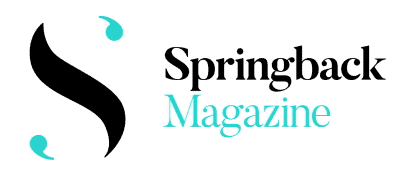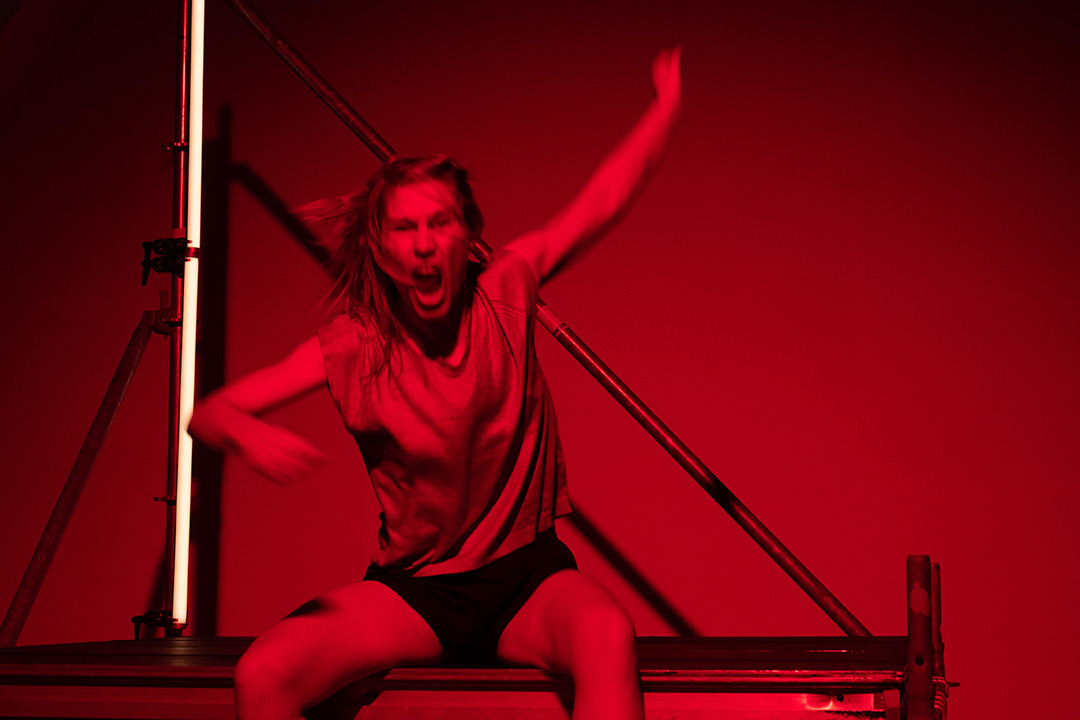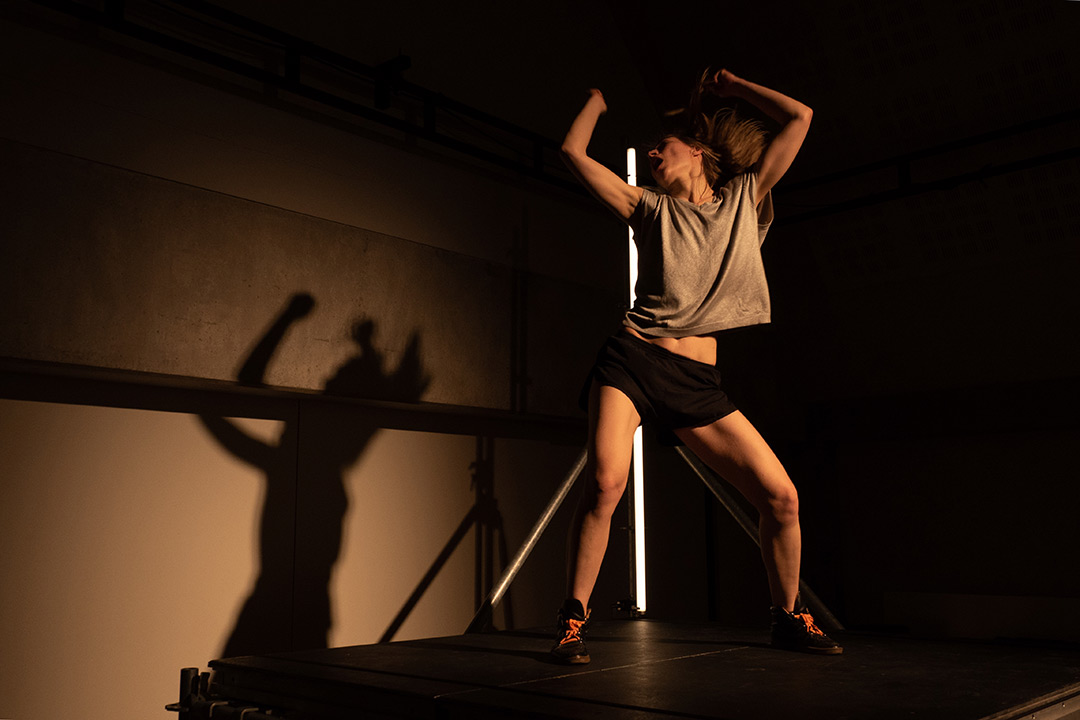When Mette Ingvartsen started working on her solo The Dancing Public back in 2019, a series of questions was the driving force of her dance. How to create a dance space that would be like a shared public space, even in a theatre? How to open the possibility for the public to be part of the dance, but without any obligation? Then, just as the Brussels-based choreographer delved into the history of dancing epidemics, the first Covid outbreak burst in Europe. Over the course of the crisis, the project took on a whole new colour and some more questions came up: how to stand side by side and dance together without apprehension in 2021–2022?
To begin with, I would like to discuss the title, The Dancing Public. Was the desire to dance with the audience the starting point of the project?
Indeed. This title appeared five or six years ago, when I was working on the creation of 69 Positions, where the question of audience participation was already at stake. A reflection started then: how would it be possible to engage the audience further within the performance itself? I began to wonder what function dance could have in our society, in our physical existence, as a social activity. I had in mind to work on social dances like clubbing, but also on the dancing marathons that took place during the Great Depression in the United States. I realised that I was interested in examining the connection between dancing and a state of crisis, in order to observe closely certain moments in history when the need to dance expressed itself urgently. I did not want The Dancing Public to be a party, to only convey the feeling of celebration.
How did you work then to create a space where people could dance together without it being a party precisely?
I made an extensive research about dancing epidemics or choreomanias, which took place in public spaces. They can be described as unplanned outbursts of movements that proceed by contagion: one person suddenly starts to convulse, to dance, and other people are dragged into the dance, creating an uncontrollable mass movement. I began to dive into these phenomena that punctuated Europe throughout the Middle Ages, and there I found a link between dance, public space, a state of crisis and a sense of urgency. The Dancing Public might feel as if it is starting off like a party, but then I mention the Black Death quite early on in my words. We slip from one register to another, and it can be unsettling. When imagining how to stage a performance inspired by this material, I first thought about how in the Middle Ages, performances were often staged on wooden platforms or wagons that were easy to set up and take down on the town square. When I started working with Minna Tiikkainen who did the scenography and the lighting, this idea remained and we built three wood and metal platforms, a bit like scaffolding, the basis of our shared space.










